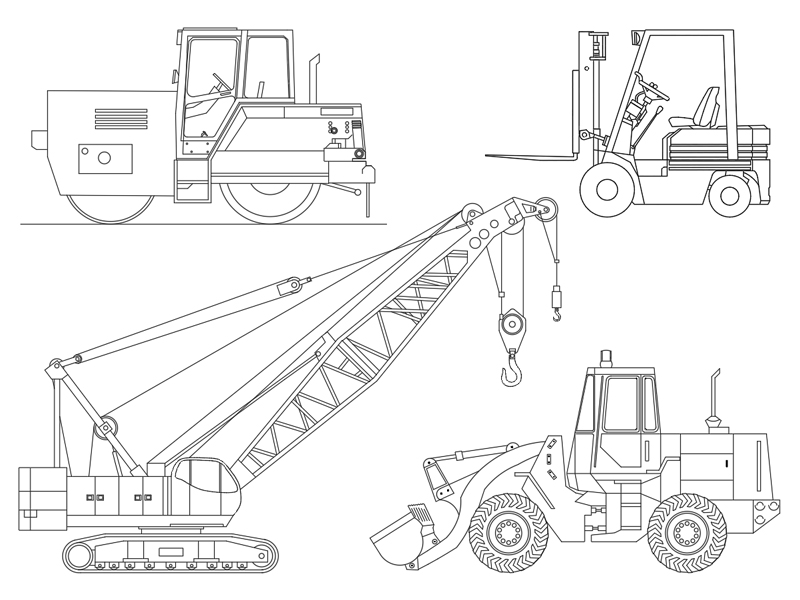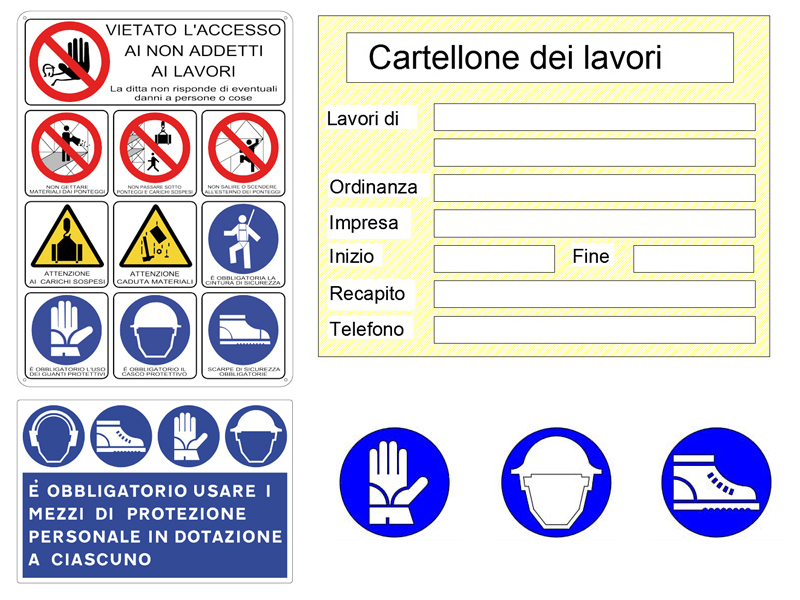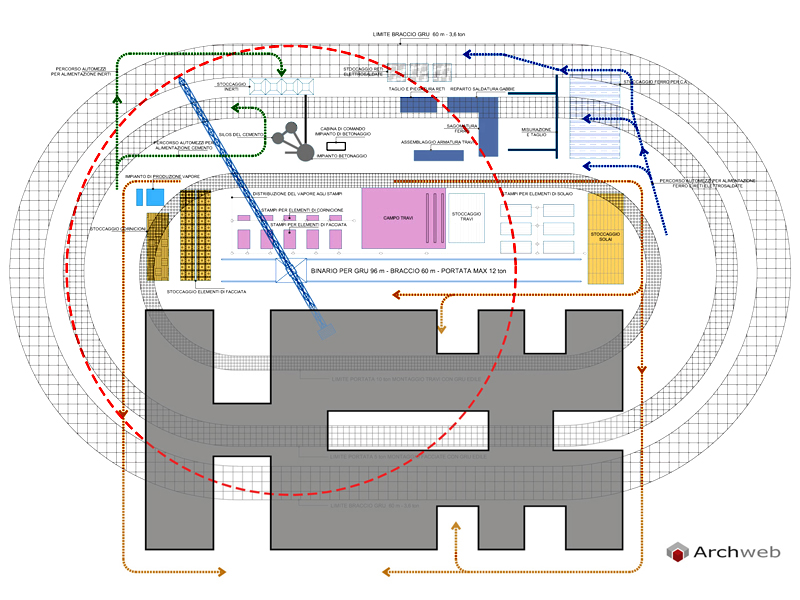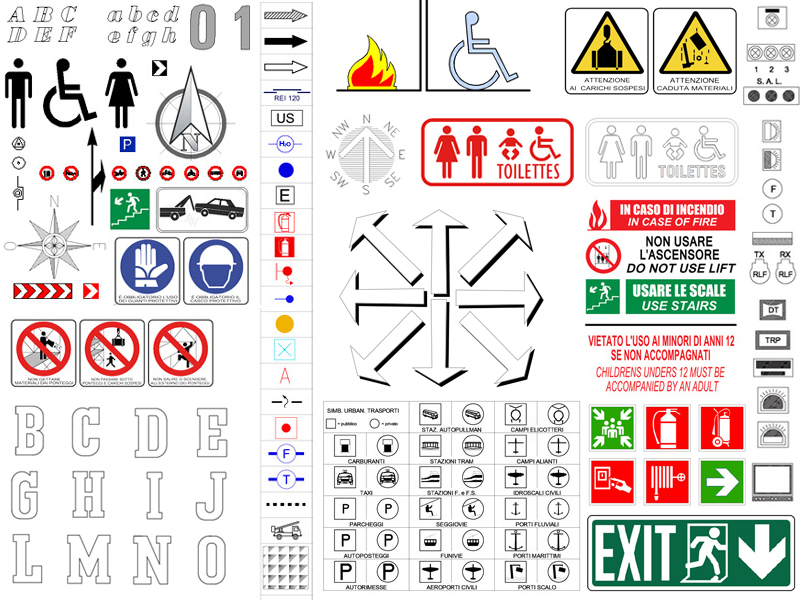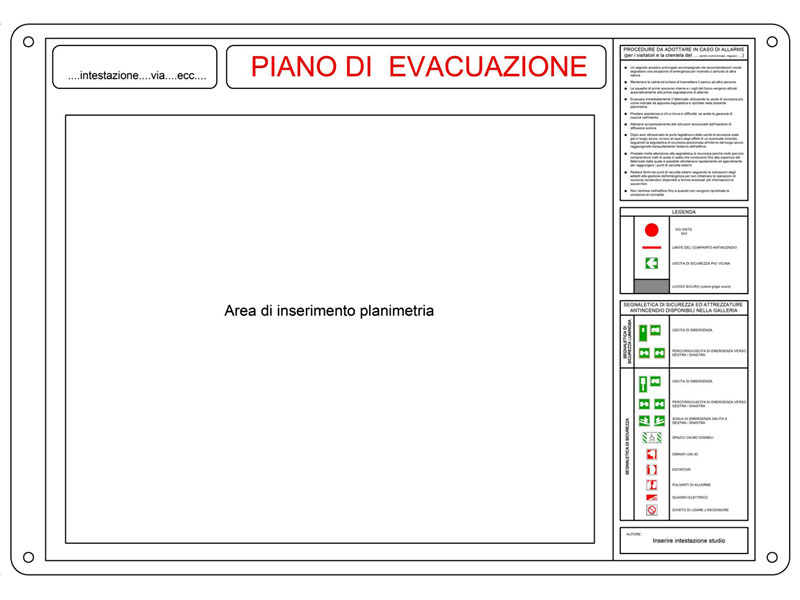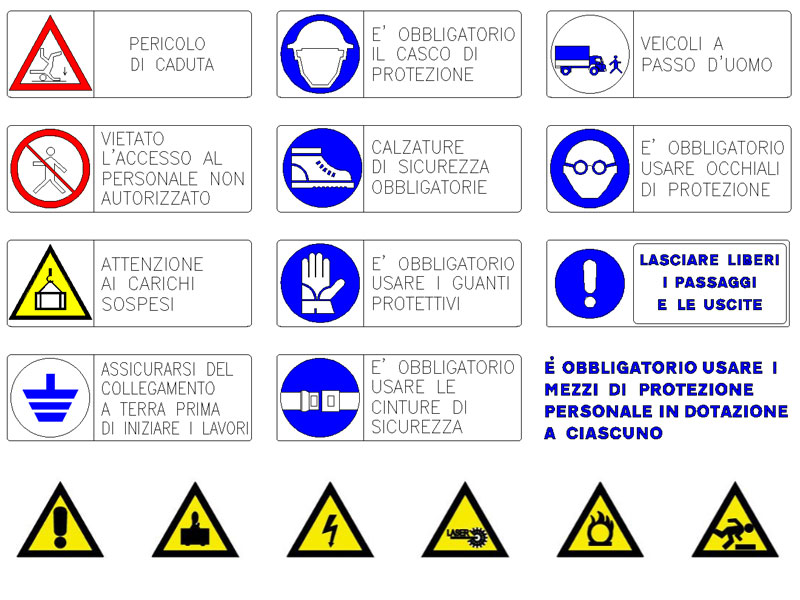The emergency and evacuation plan (PEE)
When an emergency occurs in a workplace
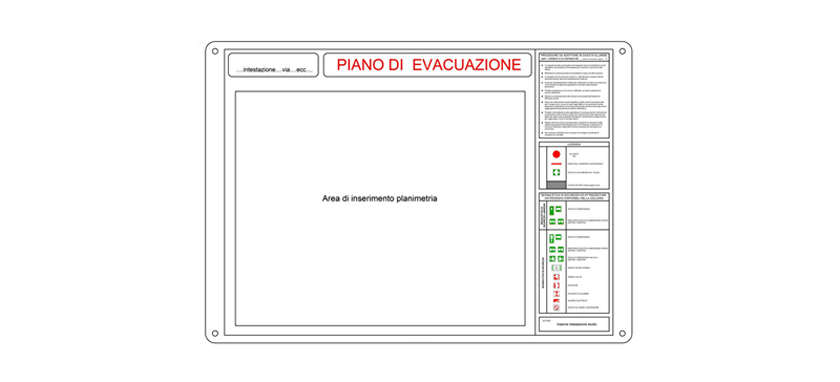
Over the last few years, safety in the workplace has become an increasingly important topic and is known even by ordinary citizens. The technical terms that are mentioned both in the standards and in the procedures that are prepared are now known and no longer represent a novelty. In this article we will try to clarify one of these terms in the best possible way, the “PEE”, an acronym used to indicate the “Emergency and evacuation plan”
What is the Emergency and Evacuation Plan (PEE)
This document integrates in an important way the DVR, Risk Assessment Document, and allows you to effectively address the risk situations that occur within companies.
The company emergency plan is able to provide workers with guidelines to be able to implement, when necessary, the safety measures provided for in the event of emergency situations and exceptional events. The document summarizes all the operations that workers are required to carry out in order to prevent risks in emergencies and to be able to leave the workplace safely, for example when a gas leak is reported, in the event of an explosion, collapse, fire or flood. On this occasion, leaving the workplace or the area of the company at risk can thus be carried out safely and as quickly as possible.
According to the provisions of Article 43 of Legislative Decree 81/08 which replaced Law 626, the drafting of the EEP is mandatory and the same document must always be available in the workplace. This applies to a series of activities including those of companies with at least 10 employees and those that are subject to control by the Fire Brigade, which is implemented in accordance with Presidential Decree 151/2011.
The companies that have to draw up the PEE, according to the law, must also be subject to another obligation, that of carrying out an evacuation test every 12 months, the coordination of which is delegated to the emergency workers, and to whom they are obliged to all workers who are in the company at that time participate. A report must then be drawn up of the performance of the test.
Ultimately, while in the Risk Assessment Document all the risk factors that are present in the company are identified and the prevention and protection measures that must be adopted are prepared, the Emergency and Evacuation Plan aims to make clear and understand to workers what are the measures that they must implement when emergency situations arise.
Who draws up the PEE and what are the obligations for the employer
The preparation of the Emergency and Evacuation Plan is the responsibility of the employer, who prepares it in collaboration with the other people who manage company safety, i.e. the RSPP, fire prevention and first aid workers. Within the EEP, those figures who must manage the various procedures and oversee their implementation must be clearly identified. For this reason, these subjects must have specific requirements, such as knowing how to keep a cool head and the ability to intervene in situations of sudden danger and therefore people who are not able to clearly manage unexpected situations must not be indicated.
For the best possible management of events, an information “flow chart” must be established, in which each person in charge is entrusted with a precise role and equally precise responsibilities. In this way, the company will be able to have a more effective and simpler management of emergencies and any evacuations.
Among the obligations of the employer, which are indicated in the “Consolidated Safety Act” in Article 43, there are:
- the organization of relations with public services that deal with first aid, emergency management and fire fighting;
- the prior designation of the workers assigned to the tasks envisaged in the PEE;
- information to workers regarding both the possible exposure to serious hazards and the measures that the company has prepared including also the behaviors that the workers themselves must adopt in the event that these serious dangers arise;
- the planning of interventions and the instruction of workers to cease activities and leave the workplace when there is a serious and immediate danger, such that it cannot be avoided;
- the adoption of measures by which all workers, when serious dangers occur, are able, if they are unable to contact their superiors, to take adequate measures to avoid greater consequences, naturally on the basis of their own knowledge and the presence of valid technical means.
In addition to this, in the designation of employees, other factors such as the size of the company and also specific risks related to the company’s activities or the particular production unit must be taken into account.
Workers who are designated to fill these roles have the option to refuse the assignment only by presenting a valid reason. They must be guaranteed effective training and their number must be sufficient to ensure the performance of specific functions, always taking into account the characteristic risks of the company and its size. Employees must also have adequate equipment available.
Emergency and evacuation plan or fire plan?
On many occasions these two documents are mistakenly confused. The assessment, made by the company, which draws it up in accordance with the provisions of the Ministerial Decree of 10 March 1998, of the fire risk, provides for the definition of the criteria for the assessment of this risk within the workplace. In this way it will be possible to classify the company in relation to the fire risk only, while the Emergency Plan also contains the procedures and actions that must also be followed in other emergency situations.
See on this page the graphic examples of PEE
What are its contents and how the EEP is drafted
When an emergency occurs in a workplace, the most important aspect is that all workers know how to behave properly and have a clear understanding of the procedures and instructions to follow. These indications are contained in the EEP for which it is necessary to carefully follow the rules.
In the evacuation and emergency plan are identified in detail:
- the actions to be taken by workers in the event of an emergency;
- the procedures for evacuation and provisions for requesting the necessary external interventions such as that of the fire brigade or ambulances, and the list of information that must be provided upon arrival at the company;
- the measures that must be taken to assist the disabled;
- the appointment of an adequate number of people for the control and supervision of the implementation of the various measures and provisions for those in charge;
- the actions that must be taken when a situation of danger arises both for people and for the environment and for company plants.
Generally, a map of the company or building is prepared inside the PEE, which also reports the indications relating to the various floors, stairs and elevators, exit routes and the location of both fire-fighting vehicles and safe areas where the workers must gather. An evacuation sign is also hung in the various rooms.
What are the objectives of the plan, how to build the scenario and define the roles
The EEP aims to prevent and / or limit the dangers for workers, coordinate interventions by the personnel in charge of all levels in order to safeguard the safety of people, intervene through the first aid and identify possible risks and emergencies that may involve company activities.
In addition to this, one of the objectives of the plan is the definition of the tasks that will then be assigned to the various employees, avoiding overlaps and shortcomings that can cause an increase in risk for people. For the construction of the scenario of possible risks and for the definition of roles it is necessary to carry out very careful assessments, also using software tools that are available online.



























































